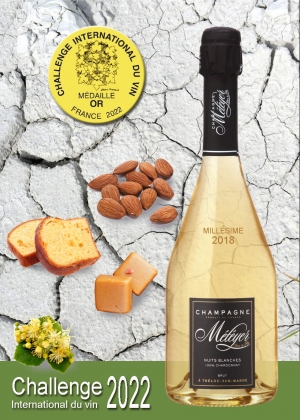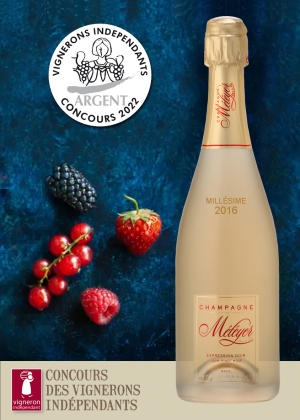Blending of Cuvées
Blending of Cuvées
One of the Champagne's secrets resides in the combination of the «cuvées». The vast majority of Champagnes are the result of mixtures (called «blending») of wines from different years, different parcels and different varieties.
Blending allows to maintain a constant style, although every harvest is different in terms of quality and quantity.
That explains why we use reserve wines. Every year, a certain quantity of the harvest is kept in vats, after the alcoholic fermentation, for 2 to 3 years . These wines are blended in variable proportions to the wines from the harvest.
The art lies in the realization of a harmonious and well-balanced elixir. Now we understand why every cellar master jealously guards the secrets of the operations that will give his Champagne its own unique personality. If the wine from a particular harvest is exceptionnal, we can create a blending of a cuvée with the wine of one single given year. That will then be called «Millésime» (Vintage Champagne)
«Tirage» (Bottling)
Once the cuvée has been created (each cellar master generally prepares a few, of different qualities), the wine may then be bottled.
We take this opportunity to add a small dose of sweet «Tirage liquor» and carefully selected yeasts to trigger the second fermentation. This second fermenting process generating carbonic gas, takes place inside the sealed bottle. Pressure inside can go up to 5 to 6 kg. This very delicate operation called «prise de mousse» (foam formation) has to be done slowly and under constant temperature to guarantee the finesse and thinness of the Champagne bubbles, as well as the good development of the most subtle aromas. The bottles are then closed with a little lid called «bidule», tighthly held down by a metal cap.





















